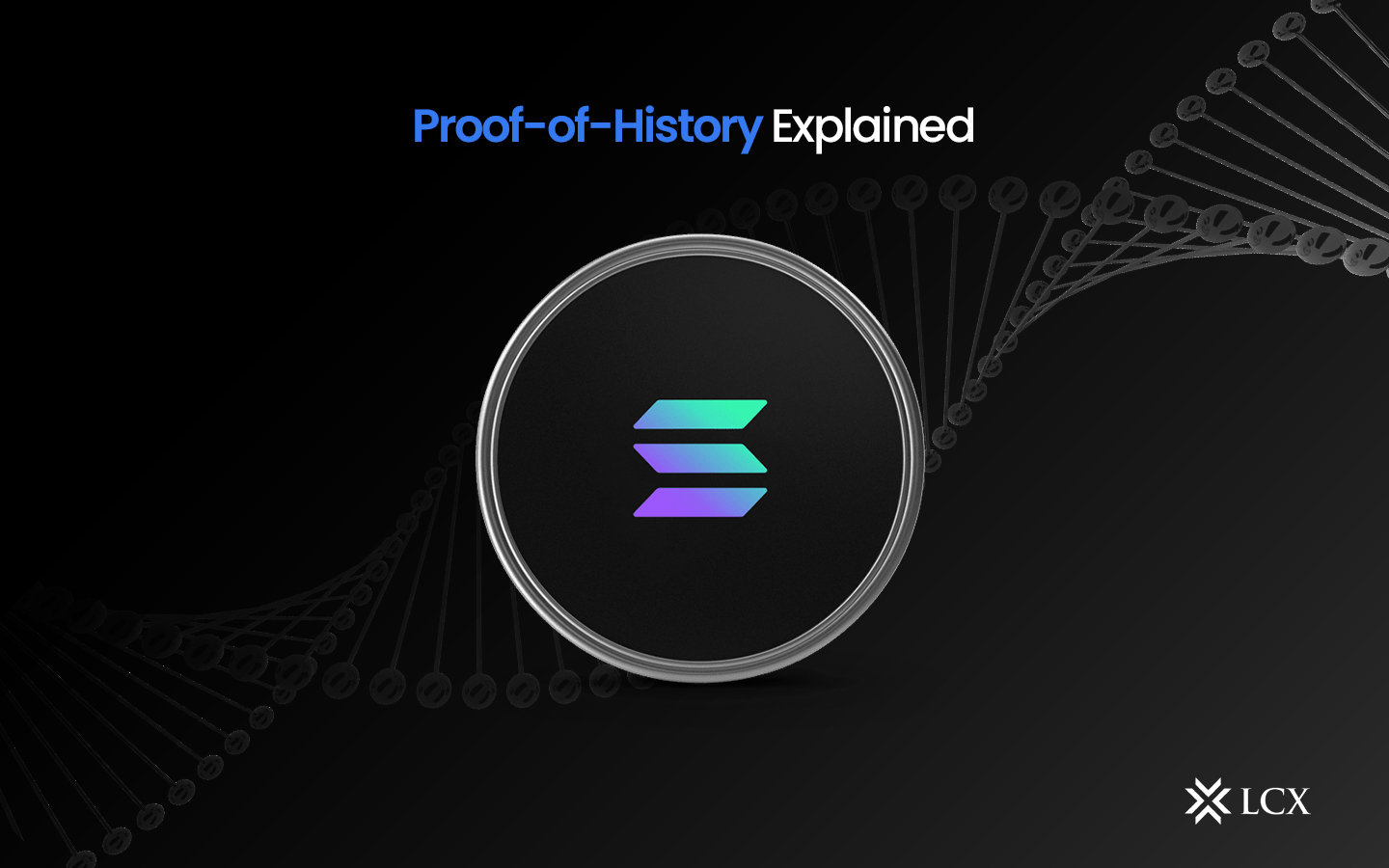Blockchain technology has revolutionized our conceptions of trust and security in the digital era, allowing decentralized networks to function without intermediaries. However, scalability is a significant obstacle for Blockchain networks, mainly when processing numerous transactions swiftly and securely. Proof of History (PoH) comes into play here. PoH is a novel consensus mechanism devised by Solana Labs that generates timestamps for each block in the Blockchain using a cryptographic function called the Verifiable Delay Function (VDF). By ensuring the immutability and authenticity of these timestamps, Proof-of-History can considerably enhance the efficiency and security of Blockchain networks, especially those that require high transaction throughput and quick finalization.
Considering Proof of History’s operational efficacy, it will likely emerge as the leading consensus mechanism for developing decentralized financial systems. It bolsters the significance of Proof of History for Blockchain engineers and architects working on Web3-based DApp ecosystems. This article will describe Proof of History, its operation, its benefits, and its potential to revolutionize the Blockchain industry.
What Is Proof-of-History?
Proof of History (PoH) is a novel consensus mechanism devised by the founder of Solana Labs, Anatoly Yakovenko. PoH is based on the premise that the order of events in a Blockchain network is just as significant as the events themselves, and the ability to establish the order of events is essential to maintaining the network’s integrity. To accomplish this, PoH generates a timestamp for each block in the Blockchain using a cryptographic Verifiable Delay Function (VDF).
The VDF is designed to be delay-hard and memory-hard, making it challenging for adversaries to manipulate timestamps. Incorporating the timestamp generated by the VDF into each block of the Blockchain provides a verifiable and immutable record of the order in which transactions occurred. PoH permits rapid finality, which means that once a block is added to the Blockchain, it is deemed final and cannot be undone.
PoH is predominantly utilized in the Solana Blockchain network, which was designed to be highly scalable and capable of processing thousands of transactions per second. PoH can increase the efficiency and speed of the Solana network by reducing the amount of storage and bandwidth required to maintain the blockchain while also providing a secure and verifiable record of transactions.
Core Principles of Proof-of-History
Verifiability: PoH ensures that the historical record is transparent, immutable, and publicly accessible. Anyone can independently verify the timestamps generated by the PoH mechanism, thus establishing trust and reducing the need for heavy computational processes.
Decentralization: PoH is designed to operate in a decentralized manner, allowing multiple nodes to generate and validate timestamps concurrently. This ensures that no single entity has control over the generation of timestamps, enhancing the security and reliability of the blockchain network.
Efficiency: PoH significantly improves the efficiency of blockchain networks by eliminating the need for computationally expensive consensus algorithms, such as PoW. With a reliable temporal order of events, nodes can more efficiently process transactions, achieve consensus, and validate blocks, resulting in faster throughput and reduced transaction fees.
How Does It Differ From Proof of Work and Proof of Stake?
Here is a comparison of Proof of History (PoH) and traditional consensus mechanisms such as Proof of Work (PoW) and Proof of Stake (PoS):
Computational Ability/Risk: To participate in a PoW or PoS consensus process, participants must have a significant computational capacity or a stake in the network. This is not the case for PoH, which uses the VDF alone to generate timestamps.
Finality: PoH provides immediate finality, which means that once a block is added to the Blockchain, it is finalized immediately and cannot be undone. PoW and PoS rely on probabilistic finality, so there is always a small possibility that a block could be reversed or invalidated.
Data Storage and Bandwidth Demands: PoH drastically reduces the storage and bandwidth requirements for Blockchain network maintenance. This is due to the fact that each block only needs to store a small quantity of data, such as the hash of the previous block and the timestamp generated by the VDF.
Present Use-Cases of Proof of History
Proof of History (PoH) is a comparatively new consensus mechanism whose potential applications are being investigated by a variety of businesses and networks. Solana, a high-performance Blockchain network, is one of the primary examples of a company that uses Proof-of-History. Solana employs Proof-of-History (PoH) as its primary consensus mechanism to achieve high transaction speeds without compromising security or decentralization.
Future Use-Cases of Proof of History
While there are few examples of companies currently utilizing Proof-of-History, this consensus mechanism has a wide range of potential future applications. Digital identity is one of the potential applications of PoH. Using Proof-of-History to generate immutable and verifiable timestamps could produce a secure, decentralized digital identity system that is resistant to alteration and fraud. This may have far-reaching consequences for industries including finance, healthcare, and e-commerce.
Supply chain management is a potential application of Proof of History. It may be possible to create a more secure and transparent supply chain network using PoH to monitor and verify the authenticity of goods and products. This could have significant repercussions for industries such as food safety and pharmaceuticals, where the ability to monitor and verify the origin and authenticity of products is essential. PoH is also applicable to decentralized finance (DeFi). Using PoH, it may be possible to develop more efficient and secure DeFi applications that can provide consumers with superior financial services.
Possible PoH applications are numerous and diverse. As Blockchain technology evolves, more businesses and networks are likely to investigate its potential applications. PoH has the potential to revolutionize numerous industries and bring greater efficiency, security, and transparency to the Blockchain ecosystem, ranging from enhanced storage and retrieval processes to secure and decentralized digital identity systems.
Conclusion
Proof of History (PoH) introduces a novel approach to blockchain consensus by providing a decentralized clock and establishing a verifiable temporal order of events. This concept, championed by Solana, offers numerous benefits, including scalability, security, and energy efficiency. As blockchain technology continues to evolve, the integration of PoH could prove to be a significant milestone, paving the way for faster, more secure, and more sustainable decentralized systems.










